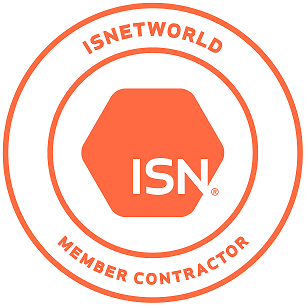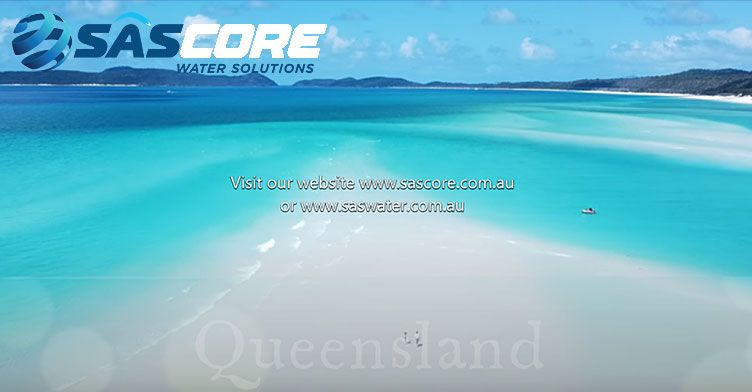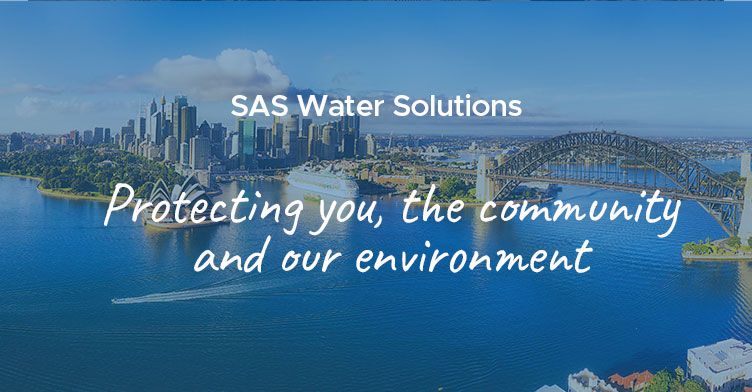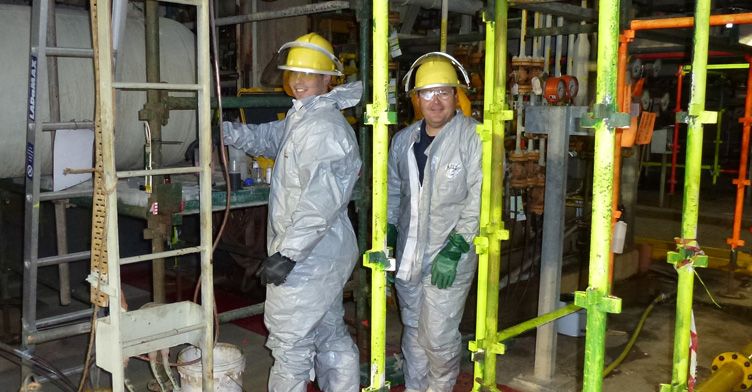Associations:





The objective of any effluent treatment program is to reduce potential treatment &disposal cost savings by turning a waste into a resource that can provide economic or social benefits.
This treatment program typically requires any one of three processes or combinations of these processes.
1. Chemical Treatment (Flocculation/Sludge Removal)
This process involves -
- Some pH adjustment if necessary
- Adding polymers (inorganic or organic) to the incoming raw effluent in a region of adequate mixing to promote the formation of small pin flocs.
- Potentially generating between 4-6 times additional sludge volume
This increased sludge volume can impact on costs to remove this sludge off site.
There are now effective technologies now employed by to dewater this produced sludge, these include –
- Belt presses
- Natural cone tanks &
- Geotubes – these are typically supported on a steel frame where water seeps out under pressure from a pump, low capital cost & very effective.
2. Biological Treatment
Biological Treatment involves removing colloidal organics by -
- anaerobic process or
- aerobic processes
Typical traditional options for biological treatment for BOD removal are:
- Activated Sludge
- Trickling Filters
- Oxidation Ditch
- Ponds / Wetlands / Lagoons
Since around 2000, there has been development of smaller, low cost &more effective methods such as the Fixed Media Bio-Filtration (FMBF) process which can achieve BOD levels < 10 mg/L with no limit to the % of effluent available for recycling. The advantages offered by the FMBF process are:
- No free biomass (no sludge removal or biomass polishing)
- Lowest odour risk of any biological process
- More tolerant to changing conditions
- Physical media cannot die &has a high re-growth rate of 1-2 weeks.
- Residence time not time limited - more media can be added as required
- High performance option
3. Tertiary Treatment
This process would typically follow a biological process which produces high quality water suitable for re-use as make-up to cooling towers or boilers in industrial plants.
Depending on the type of effluent & contaminant levels, recovery rates are typically 60-70%.
Before a process can be employed, secondary treatment (i.e. biological) must reduce BOD levels to below 50 mg/L to prevent gross fouling of the membranes.
Our Technical Specialists will work with your team to select &implement the most effective program centered on meeting your environmental goals, reducing your operating costs, &keeping you on the "cutting edge" of technology. We will work with you to develop joint process improvements that will optimise operating efficiency &save on operating costs.
Contact us today to find out more!


